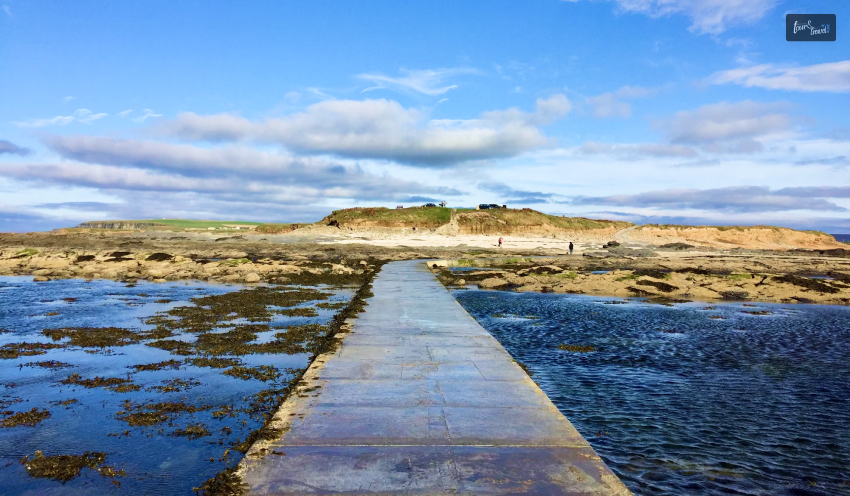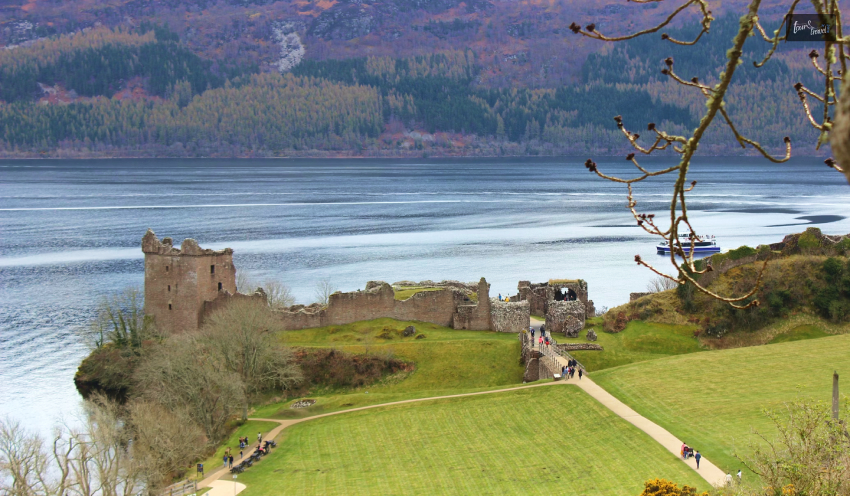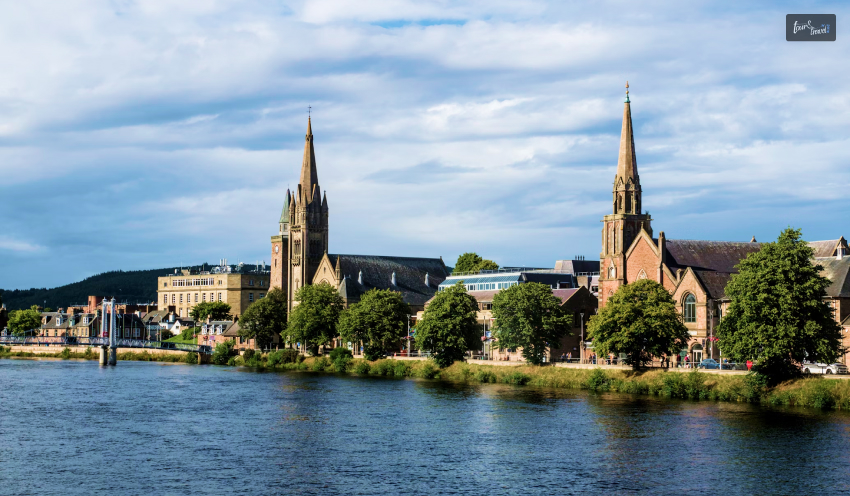Why Include Whale Watching In Your LA Itinerary
BY Ankita Mar 13, 2024
Do you intend to take a trip to Los Angeles? The city attracted 51 million tourists in 2023, making it one of the top destinations. The attractions here are myriad, and they go beyond the ordinary. Discovering whale watching off the coast is like unearthing a hidden gem. That is despite the glossy, opulent charm of the metropolis. Los Angeles is in a perfect location to watch these amazing creatures in their natural habitat. It is nestled along the stunning coast of California. The city offers the best of the great outdoors and wildlife besides its vibrant culture. Anyone who wants to escape the hustle and bustle of the city will find whale watching an incredible experience. Imagine the thrill of seeing a massive pod of whales playing in the waves beside your boat. Nothing matches the exhilaration of seeing a whale break the surface. Whale watching provides a mystical element to any schedule in Los Angeles. You will see grey whales, blue whales, and even orcas from up close. So, get ready to take advantage of this incredible opportunity. Prepare yourself to discover the beauties of the deep blue ocean while you are in Los Angeles. Furthermore, read about the risks of whale watching both for humans and the animals! This is an important part of the activity because your awareness will lead to you having a better understanding of how to treat the whales or be prepared if you plan on such an activity. Unique experience Witnessing some of the most magnificent marine animals in their natural habitat is an unparalleled experience for anyone. That's what whale watching in Los Angeles is all about! The activity helps humans to learn about animals and connect with them. It is definitely an empathetic experience because it contributes in making you more emotionally stable. If fortune favors you, you may be able to spot a school of dolphins playing in the waves. You might also witness a massive humpback breaking the surface. It is a chance to create enduring memories and build a strong bond with the natural world. Adventure opportunity Seeing these massive mammals is an exciting and daring experience. It appeals to thrill-seekers as well as those who enjoy the outdoors. Going out on the broad ocean in search of these amazing creatures is sure to provide an unmatched surge of excitement. Your pulse will race, and you will feel energized by the possibility of seeing a whale spout off in the distance or watching a lighthearted acrobatic show. Considering Whales are giant beings, it is quite an adventure especially when they are so up close! Imagine the enormity of the situation thus, it makes you feel the reality where we all are an organ of nature playing our part! Watching a whale with your own eyes is an overall beautiful experience. Scenic views Whale watching in Los Angeles provides the excitement of seeing whales and other aquatic creatures. However, it also offers breathtaking picturesque vistas of the California coast. You will be greeted with expansive views of rocky cliffs, golden beaches, and glistening blue waters as you cruise the Pacific Ocean. Think of it as a once-in-a-lifetime experience. It is due to the stunning environment. This is especially breathtaking during sunrises and sunsets. The whole experience of watching whales and Dolphins through spyhopping is one of the best you can have in your life! Environmental education Whale watching provides entertainment and an opportunity to learn about the environment. Many LA Whale Watching excursions are guided by seasoned experts, making them all the more promising. They offer perceptive opinions on the behavior, biology, and preservation of aquatic animals. You may learn more about these amazing animals. It helps you to know the difficulties they encounter in their natural environment. As a result, you might promote a greater understanding of the maritime ecosystem and the significance of ocean conservation. Memorable activity Witnessing whales is an experience that will never fade from your memory. It is not merely a recreational activity. A lifetime adventure awaits you when you combine the exhilaration that comes from being out on the open sea with the amazing view of these magnificent species up close. Los Angeles whale viewing will definitely be one of the pleasures of your trip to this city. It makes no difference if you are traveling alone or with companions. Photography advantage Whale watching provides a special benefit for photographers. This is an opportunity of a lifetime to use your camera to showcase the beauty of aquatic life. Not to mention, you get some flaunt-worthy shots for social media. You can take amazing pictures of dolphins playing in the waves or whales breaching the surface. The California coast will be your backdrop. There are a ton of opportunities to capture stunning images. It is also a fantastic way to hone your photography skills and create amazing memories. It is regardless of your level of experience. Risks Of Whale Watching If you want to go on cruises and packages to watch whales, you have to learn about the rates of the trips! However, there are several risks that you will experience from the activity hence, you must take necessary precautions. It is important for you to consider your safety along with having an enjoyable experience because that is the whole process of traveling! Please be aware of the two risks of whale watching tours such as inclement weather and rough seas. At times, you might also suffer from seasickness! The safety measures that should be mitigated to the travelers so that they are aware of the risks. As an individual who is excited to experience whale watching, you should also be careful of sun exposure and dehydration. Safety Measures Of Whale Watching There are several steps that the trip managers take to ensure that all tourists are safe and do not feel sick! floatation devices and life jackets are given to each passenger in the boat. Even the boat in which you will travel if you go out for whale watching is equipped with all the necessary equipment. These equipment are all for safety such as first aid kits, fire extinguishers, and life rafts. The captain of the boat along with the crew members is trained to manage all emergency procedures in case of any emergency. It is a compulsory procedure for the captain to regularly monitor weather conditions and accordingly decide on the tour! All the boats that go out for whale watching are regularly checked and maintained with regard to their safety. Of course, there is also a rule regarding the number of people that are allowed on each boat and it must not exceed because it will increase the risks! All passengers are informed of all the risks and the precautions necessary. Whale Watching Impacting Whales! Do you wonder that watching whales as a commercial practice has become so severe that it is negatively impacting the whales? Vessel collision is a serious concern as at times, the boats might come too close that will lead to bumping to the whales. They might end up hurting the mammals! The engines of the vessels which are used to watch whales might impact them because it can disturb and sometimes damage them. It is basically a threat for all marine mammals especially when other technologies such as military sonar are used! Conclusion Whale watching in Los Angeles is not just a fun pastime. It is a unique journey that provides breathtaking scenery. It also provides the chance to learn about the natural world and leave a lasting impact. Exploring and learning about whales is possible in Los Angeles through whale watching. You may simply wish to spend time in nature, or you may be searching for a great adventure. So, get ready to embark on this incredible journey and explore the splendors of the vast blue sea while in Los Angeles. Read Also: Savannah In Full Swing: What Is The Best Time To Visit Savannah? Pigeon Forge Indoor Adventures: From Go-Karts To Laser Tag A Step-By-Step Guide To Find The Best Places To Live In Utah For Every Lifestyle

















